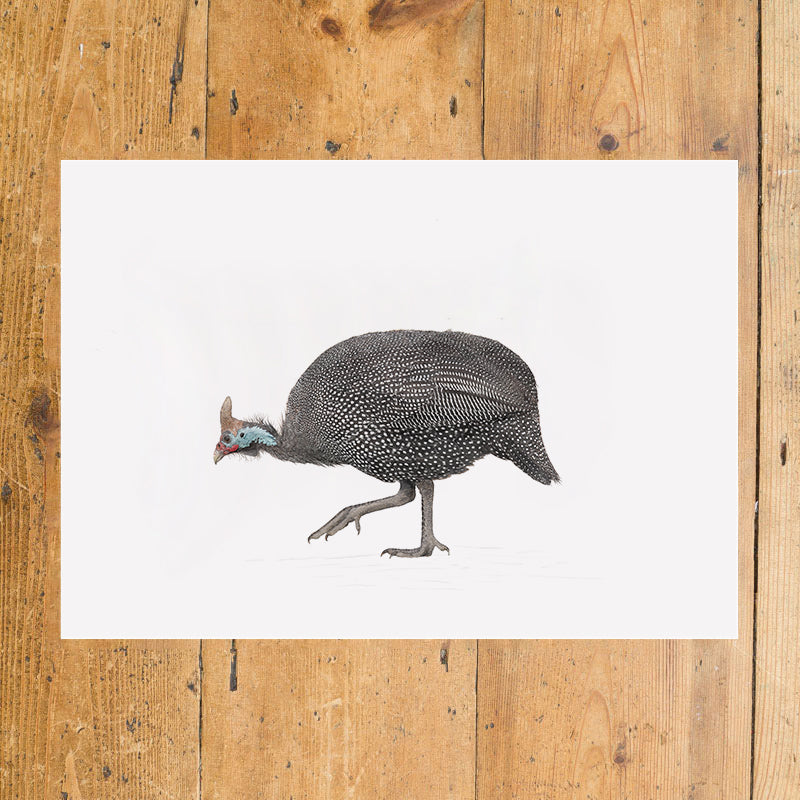Guineafowl is a lean meat that has many uses in the kitchen. It’s delicious when roasted, braised, or grilled.
Guineafowl is also a good source of protein and vitamins. It is rich in iron and calcium, which is essential for a healthy lifestyle.
Overview of Guineafowl as a Food Source
Guineafowl are a large group of plump wild and domesticated birds. They are classified as part of the order Galliformes (also known as Numididae) in the family Phasianidae, along with chickens, turkeys, pheasants, partridges, grouse and quail.
Their natural range is mainly in sub-Saharan Africa, with some species confined to small areas. Today, these birds are raised on farms around the world for their meat and eggs – just like chickens.
They produce rich droppings that are used to fertilize gardens. They are also very good at pecking out weeds such as dandelions and ragweed, so they can keep your garden free of these nuisance plants.
Culinary Uses and Traditional Dishes
Guineafowl are a meaty and delicious bird that’s popular in many countries. They are similar to chicken and pheasant in appearance, but with a mild gamey flavour and less fat than other poultry.
They are a delicious choice for roasting or braising in a stew. However, they can dry out if not cooked properly.
For roasting, choose a young bird no more than fourteen weeks old to ensure that the meat is tender. It also helps if you prepare the bird in advance, so that it has plenty of time to cook through.
Traditional guinea fowl dishes include whole stuffed birds with different types of fruit and cheese. They’re also commonly served with ham, and roasted potatoes.
Availability and Market Trends
Guinea fowl are a popular species for keepers of small and backyard flocks. They’re vigorous, hardy, and largely disease-free birds that make excellent “watchdogs” for the farmyard.
They’re also good foragers, finding a wide variety of food and laying plenty of eggs during the spring and summer months. They’re also highly tolerant of weather conditions, including rain and snow.
Guineafowl are a popular poultry in Africa, where they are often reared for both meat and eggs. They’re also widely distributed in Europe, Asia and North America.
Health Benefits and Concerns
Guinea fowl are a good source of protein and have less cholesterol than chicken. They are also rich in vitamins A, E, and D.
They provide valuable natural pest control as they eat insects and other small animals, helping to reduce the need for chemical pesticides. They also produce rich droppings that can be collected and used as fertilizer in the garden.
They are also a good source of energy as they are high in protein and fat. Guinea fowl eggs are very nutritious and contain large amounts of iron, phosphorus, calcium, and Vitamins A, D, and B.
Sustainability Issues
Guinea fowl are a great choice for small-scale farms and farmsteads because they are easy to care for, helpful as pest control and free from many of the diseases that can be problematic to poultry farmers. They also produce nutrient-rich manure that can be used as fertilizer in the garden or thrown directly into a compost pile.
Guineafowl are adapted to a wide variety of environments and can fit well on most farms as long as they have adequate space to roam and feed. They also need to be protected from predators and rain.
Most guinea fowl farmers in Africa and Zambia practice free-range rearing systems with little or no supplementary feeding. However, this practice leads to poor productivity because they do not know how much to feed and at what nutritional content.

